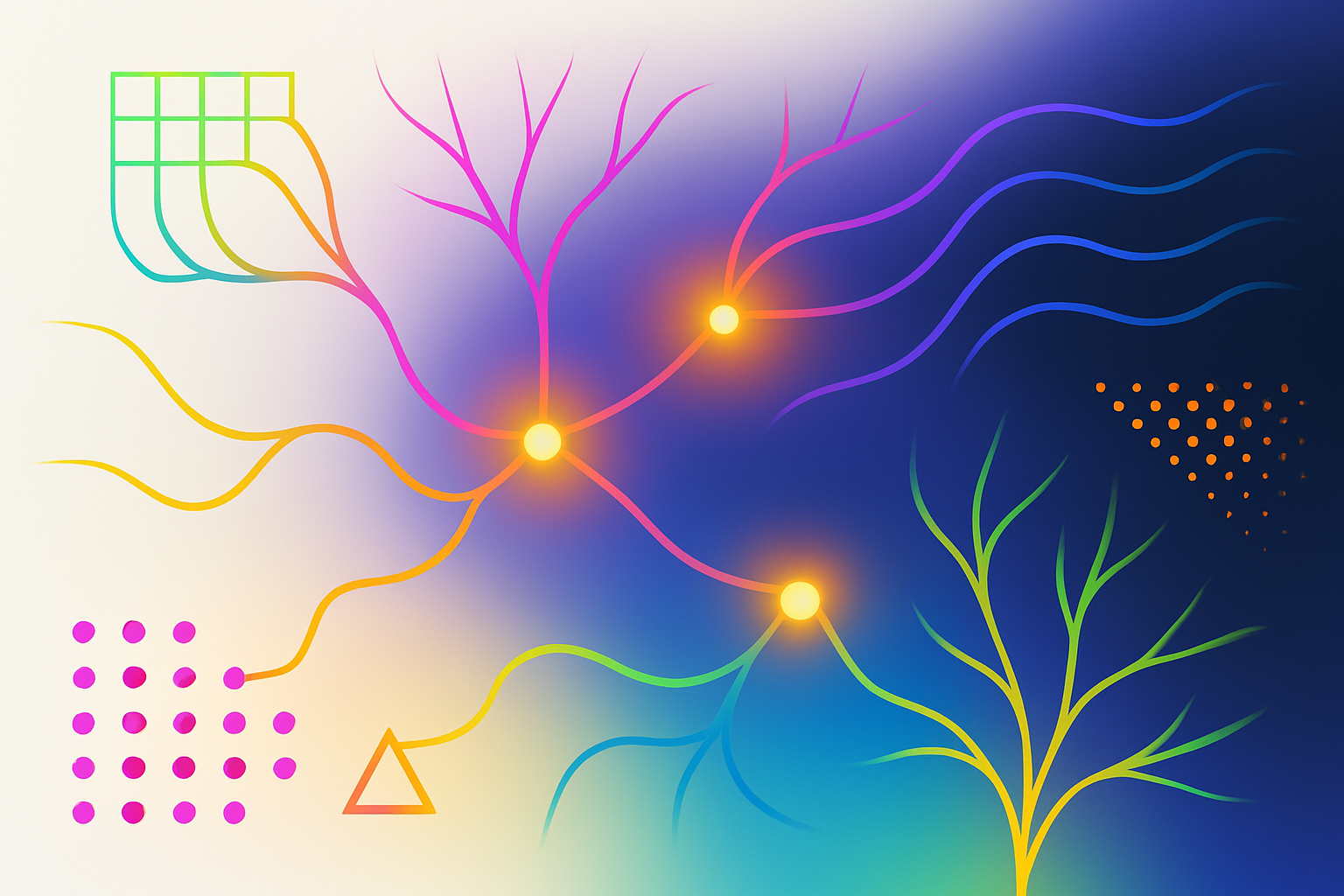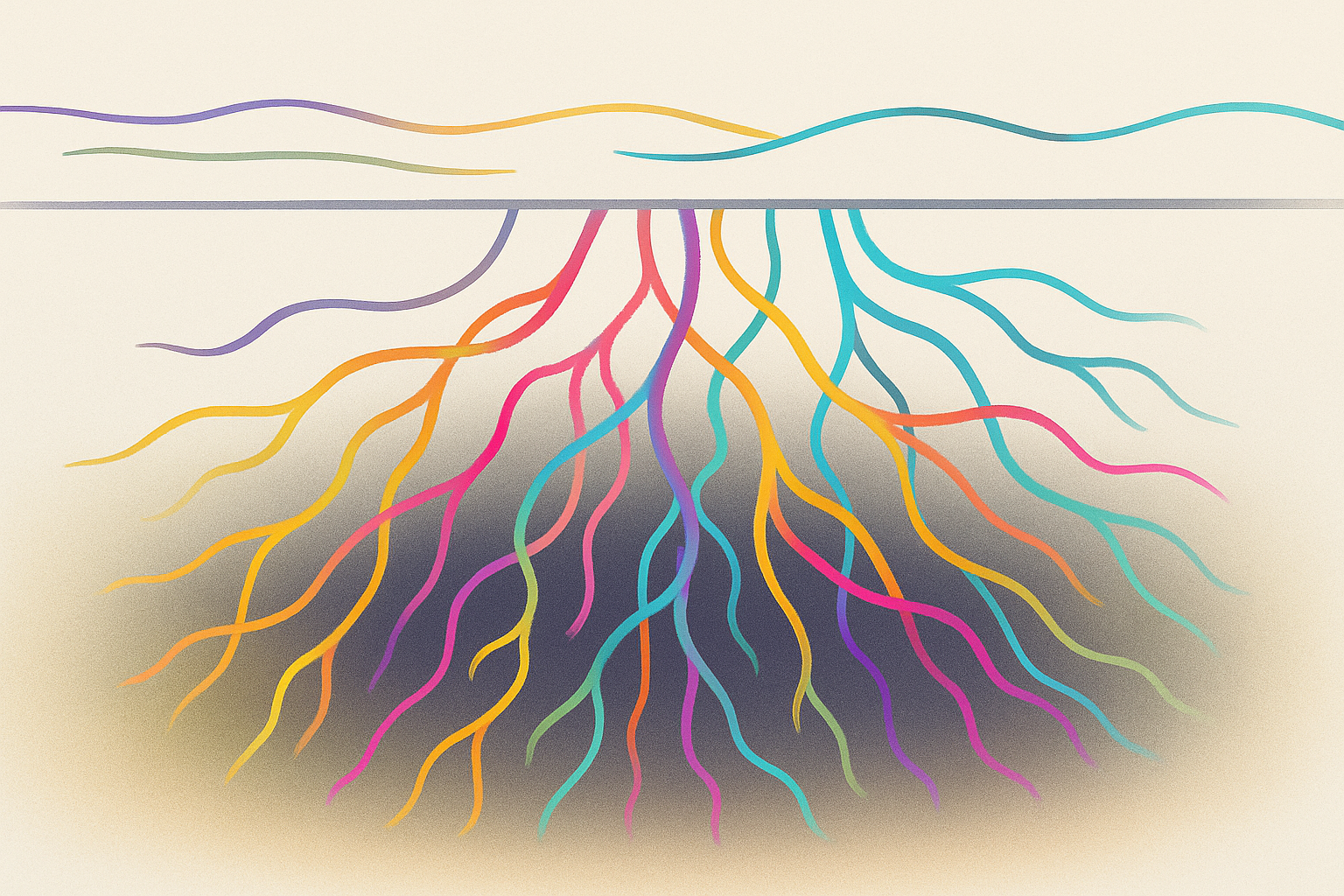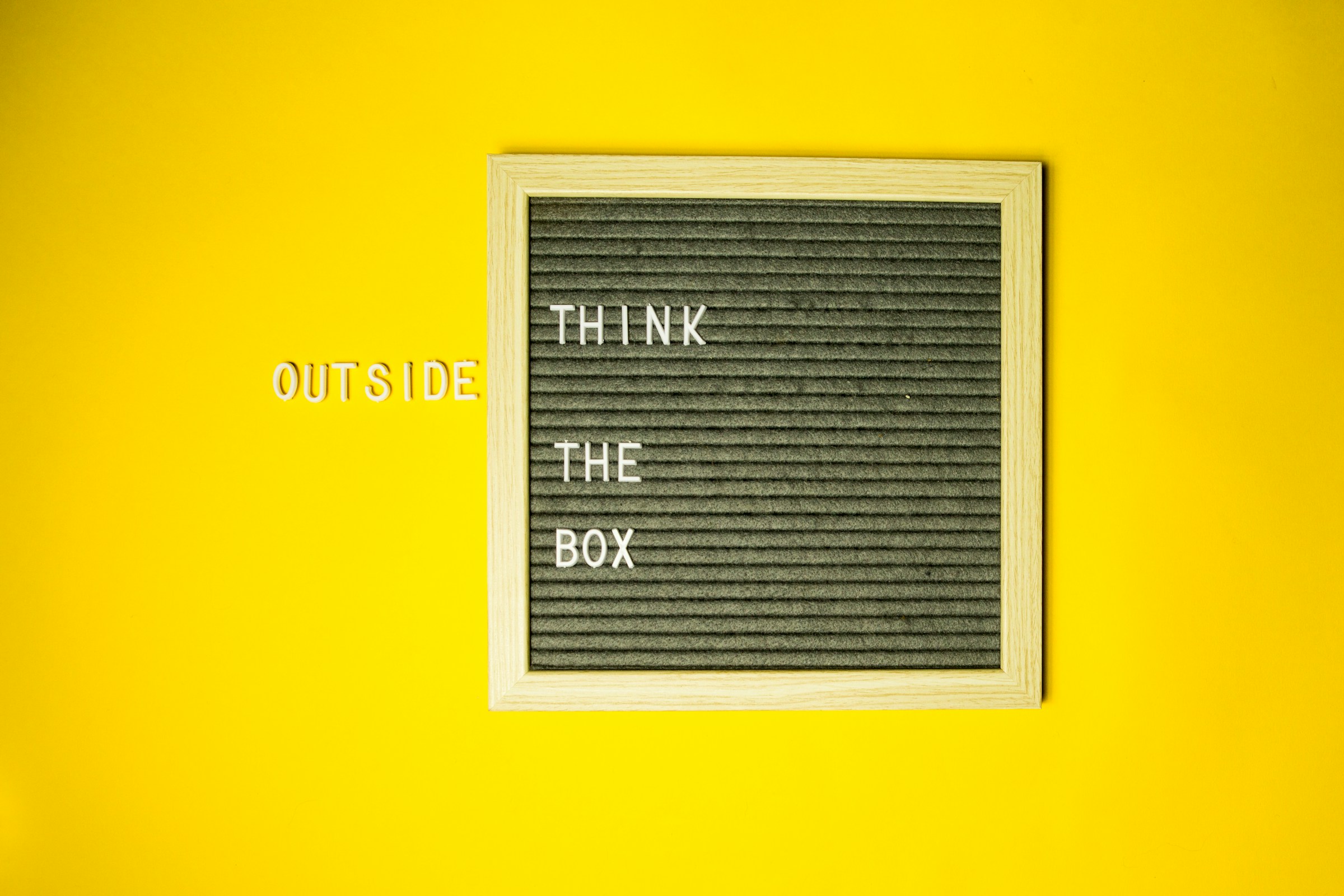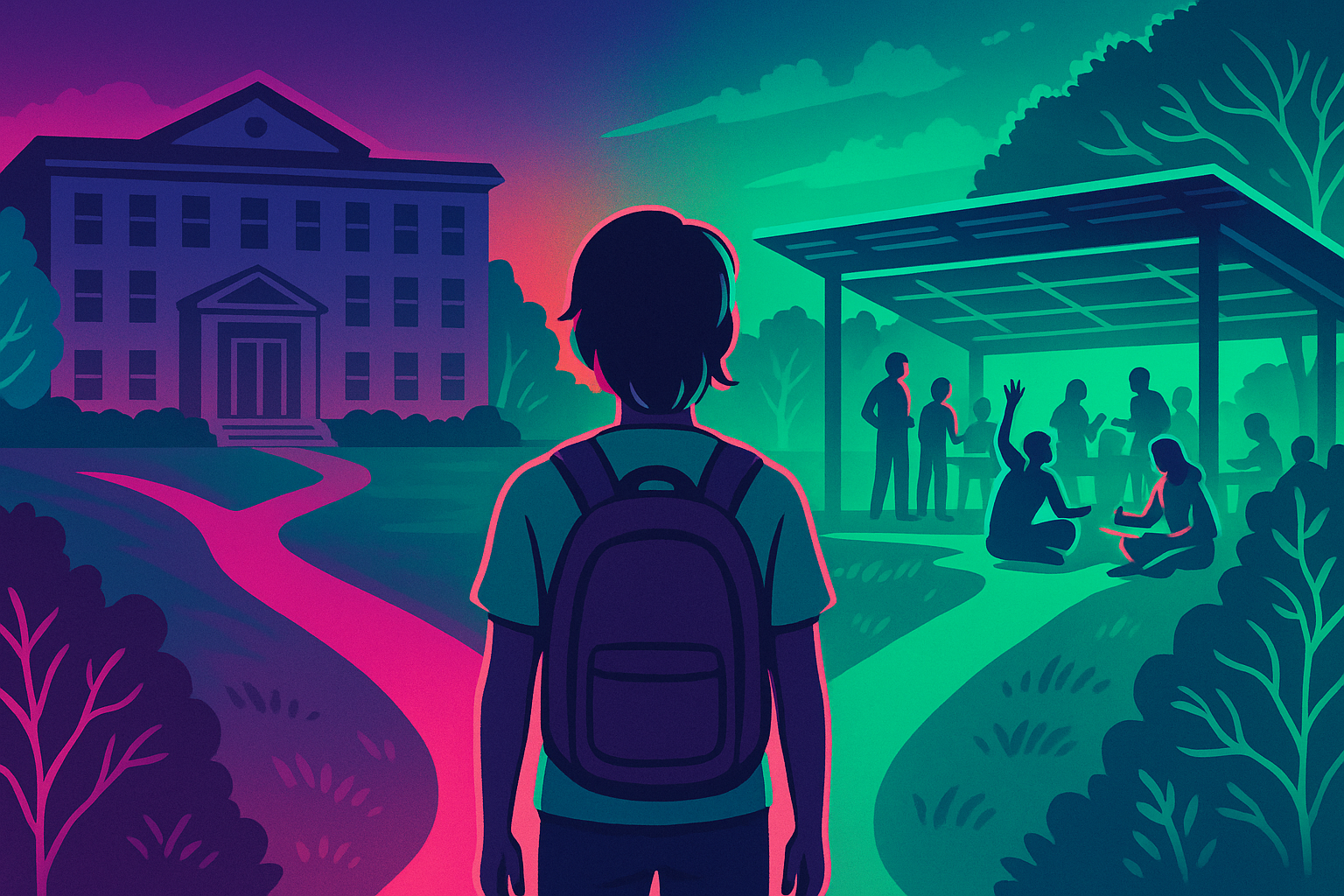
 John Moravec
John MoravecLearning at the edge of networks
Interactions in a network drive new knowledge creation
In early 2020, as COVID-19 swept across the globe, the world was confronted with a challenge that no single expert, institution, or government could tackle alone. The response to the crisis demanded a convergence of diverse insights, rapid experimentation, and global collaboration to develop new knowledge. Much of the most meaningful learning and innovation happened at the intersections of institutions, where the rapid exchange of knowledge generated informed and novel approaches to confronting the crisis.
Open-source platforms became connective tissue. On GitHub, developers collaborated on pandemic models and tracing apps. Makerspaces 3D-printed personal protective equipment (PPE) and shared files freely. Wikipedia editors updated thousands of entries in dozens of languages. Teachers traded lesson plans across social media and adapted them for their communities.
What made this response so powerful was the way networks allowed people to bring their knowledge, constructed from personal and institutional meanings derived from data and information, into conversation with others. A mechanical engineer in Nairobi, a biology teacher in São Paulo, and a community health organizer in New Delhi could all engage meaningfully in the same learning process, each contributing and adapting ideas to fit their own contexts. Together, they generated knowledge that was richer than the sum of its parts.
“The network is the learning”
—George Siemens (2007a)
The COVID-19 response reminded us knowledge is not static, nor does it live solely in experts or textbooks. It grows where boundaries are crossed between disciplines, cultures, and lived experiences. This type of learning thrives at the edges of systems, where insights collide and new meanings emerge. In an interconnected world, the agency and developed self-efficacy to navigate these intersections is essential.
Intersecting networks make knowledge visible
When we say knowledge grows at the boundaries of networks, we mean more than information exchange. We mean transformative new knowledge production: when something new and valuable emerges through the encounter between perspectives. This is how knowledge becomes visible: not by sitting quietly within disciplines, but by moving across people, spaces, and ideas.
From Manifesto 25:
Knowledge grows where the boundaries of networks intersect. The emerging pedagogy of this century isn’t carefully planned—it evolves fluidly. Learning unfolds as we traverse and expand networks, connecting individual knowledge to create new understandings. By sharing experiences, we generate social knowledge that enriches collective insight. Education must prioritize equipping individuals with the tools, competencies, and literacies (such as digital fluency, cultural awareness, and network navigation) needed to thrive in these interconnected systems. Through this process, learners contextualize their unique talents and knowledge, empowering them to tackle new challenges with creativity and confidence.
This dynamic view of learning is consistent with insights we’ve explored in other discussions related to Manifesto 25. In our earlier examination of invisible learning, for instance, we highlighted how the richest forms of growth often happen without a formal script or syllabus. Aarya’s quiet sketching and self-directed research, though invisible to her school, represented a vibrant formation of tacit knowledge at the intersection of her curiosity and digital media. Similarly, in our discussion on breaking down educational “boxes” in favor of ecosystems, we argued that education should truly reflect the fluid flow of life beyond classroom walls. Learning does not begin or end at the bell; it gains strength precisely where communities, cultures, and experiences converge.
The fusion of agency and self-efficacy further expands this view. When people are trusted to navigate their own networks (i.e., to make choices, experiment, and persist) they transcend learning to become contributors. Agency enables exploration, and self-efficacy fuels the belief that one’s contributions matter. Together, these forces position learners as nodes in living networks, not as passive consumers of information.
This has profound implications. In a world shaped by overlapping crises and complex challenges, knowledge confined to silos is insufficient. We need people who can translate insights between domains, bridge unfamiliar contexts, and ask better questions. Whether we are talking about climate adaptation, digital governance, or community resilience, it is at these points of intersection (across disciplines, generations, and geographies) that real learning accelerates and new knowledge is born.
Frameworks for learning at the edge of networks
To design education for a networked world, we need frameworks that reflect how knowledge forms, not as static content to be consumed, but as a phenomena that is dynamic, relational, and constructed from co-created meaning. This requires us to rethink not only pedagogical methods, but the very architecture of learning systems.
One useful model is the connectivist framework proposed by George Siemens (2007b) and Stephen Downes (2022). Connectivism suggests that learning in the digital age is no longer about what we know individually, but about how we connect to knowledge distributed across networks, both human and technological. The ability to recognize patterns, locate expertise, and build knowledge socially becomes more important than memorizing facts. In this model, educators act less as content experts and more as network facilitators: helping learners identify, join, and contribute to communities of practice.
The rhizomatic learning model, inspired by Deleuze and Guattari (1987), offers another lens. It sees learning as an unpredictable, self-propagating process that grows like a rhizome, nonlinear, with multiple entry and exit points. In this model, the role of curriculum is not to prescribe paths, but to invite exploration, improvisation, and co-construction. Knowledge emerges not from authority, but from participation.
We can also draw from knowledge building theory (Scardamalia & Bereiter, 2010), which positions learning communities as agents of collective cognitive advancement. Learners are expected to not only absorb ideas, but to advance them. The goal is not just understanding existing knowledge, but improving it. Central to this is the principle of epistemic agency: learners take responsibility for identifying problems, generating ideas, and refining them through dialogue and feedback.

These frameworks are united by a core tenent that knowledge thrives at the edges when people, contexts, and experiences collide and collaborate. In practice, this means designing learning experiences that:
- Encourage boundary-crossing: working across disciplines, age groups, cultures, and roles.
- Center inquiry: framing learning around meaningful, complex questions rather than fixed content.
- Promote network literacy: helping learners navigate digital spaces, identify trustworthy sources, and build collaborative knowledge online.
- Invite participation: ensuring learners have voice, choice, and responsibility in shaping their learning environments.
- Value iteration: understanding knowledge as always evolving, provisional, and in need of refinement through dialogue and action.
As we design systems to support this kind of learning, we must move away from rigid hierarchies and toward structures that are open, relational, and adaptable. The aim is not to master a body of knowledge, but to become fluent in the movement of knowledge itself.
Learning at the intersections
In a world defined by flux, complexity, and deep interdependence, knowledge moves across networks, communities, and platforms: growing, mutating, and adapting through every new connection each of us make. To educate for such a world, we must stop treating learning as a transfer of static content and start embracing it as a generative, social, and networked practice.
When education helps learners find the edges of their knowledge and connect with others across disciplines, backgrounds, and lived experience, something transformative happens. Individual insight becomes collective intelligence. Personal growth contributes to shared capacity. The purpose of learning shifts from preparing people to fit into predefined roles toward preparing them to help shape what comes next.
This is at the heart of the message of Manifesto 25: learning does not evolve through coercion and control, but through contact. Through relationships. Through friction, divergence, and shared creation. And that knowledge, at its most beneficial, is something that emerges from our shared experiences.
Designing for this kind of learning doesn’t mean discarding structure, but building systems that are flexible enough to adapt, open enough to connect, and brave enough to trust in emergence. In these systems, learners extend what they know, remix what is known by others, and share new knowledge and innovative outputs to bring change into the world.
Education thus becomes an act of weaving: drawing together people, ideas, and tools across space and time. At every intersection, new possibilities emerge for creativity, for understanding, and for transformative action.
Read and sign Manifesto 25 at https://manifesto25.org
References
Deleuze, G., & Guattari, F. (1987). Introduction: rhizome. A thousand plateaus: Capitalism and schizophrenia, 2, 3-25.
Downes, S. (2022). Connectivism. Asian Journal of Distance Education, 17(1). Retrieved from https://asianjde.com/ojs/index.php/AsianJDE/article/view/623
Harris, D. (2016). Rhizomatic education and Deleuzian theory. Open Learning: The Journal of Open, Distance and e-Learning, 31(3), 219-232.
Scardamalia, M., & Bereiter, C. (2010). A brief history of knowledge building. Canadian Journal of Learning and Technology/La revue canadienne de l’apprentissage et de la technologie, 36(1).
Siemens, G. (2007a). The network is the learning. http://www.youtube.com/watch?v=rpbkdeyFxZw
Siemens, G. (2007b). Connectivism: Creating a learning ecology in distributed environments. Didactics of microlearning. Concepts, discourses and examples, 53-68.



